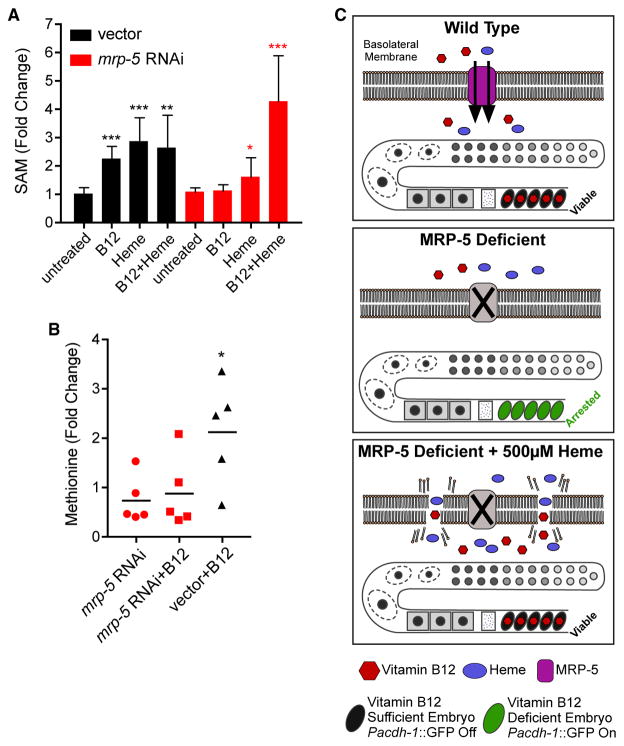Figure 4. Methionine and S-Adenosylmethionine Content Is Reduced in Offspring from Mothers Treated with mrp-5 RNAi.
(A) SAM content was measured in the embryos of vector or mrp-5 RNAi-treated mothers on E. coli HT115. SAM content was greatly reduced in mrp-5-deficient embryos compared to vector control. Error bars represent SD of the average of three independent experiments. The p value was determined by Student’s t test relative to untreated embryos (*p < 0.05; **p < 0.001; ***p < 0.0001).
(B) Methionine content was measured by GC-MS of vector control or mrp-5 RNAi-treated mothers fed E. coli HT115 with and without 64 nM vitamin B12 supplementation. Each dot represents a biological replicate, and values are relative to vector RNAi without vitamin B12 supplementation. The p value was determined by Student’s t test (*p < 0.05).
(C) Model of MRP-5 function. In wild-type animals, both vitamin B12 and heme are exported from the intestine by MRP-5. Vitamin B12 can enter the embryo and repress the acdh-1 reporter (top). In the absence of MRP-5, neither vitamin B12 nor heme can cross the intestinal membrane, the embryos arrest, and the acdh-1 reporter remains active (middle). The presence of 500 μM heme causes membrane permeability in mrp-5-deficient mothers, leading to vitamin B12 crossing the intestine membrane, entering the embryo to rescue lethality, and repressing the acdh-1 promoter (bottom).

